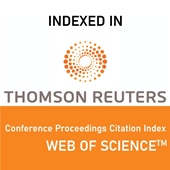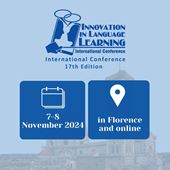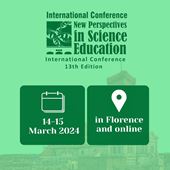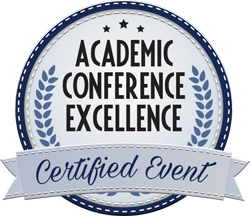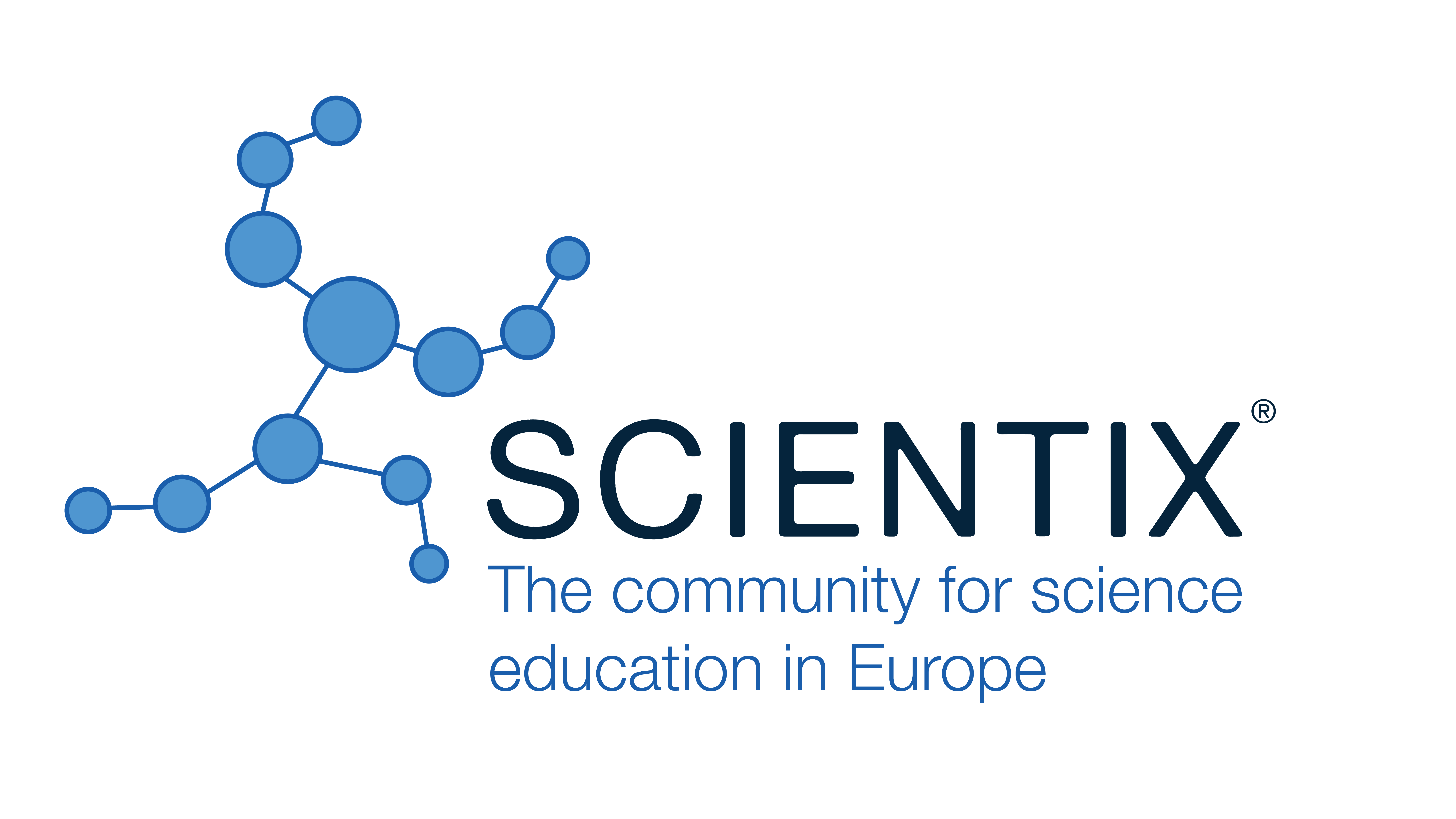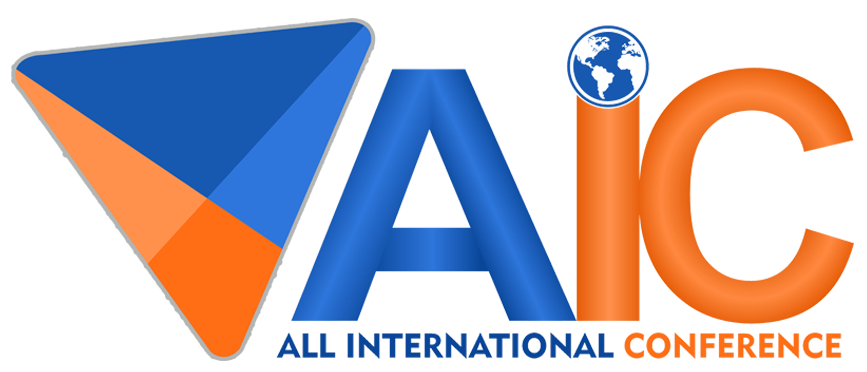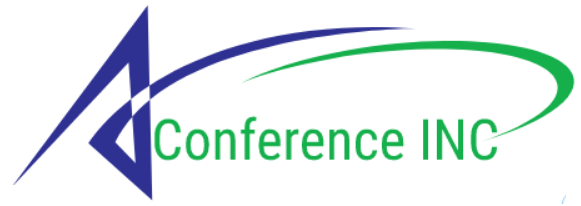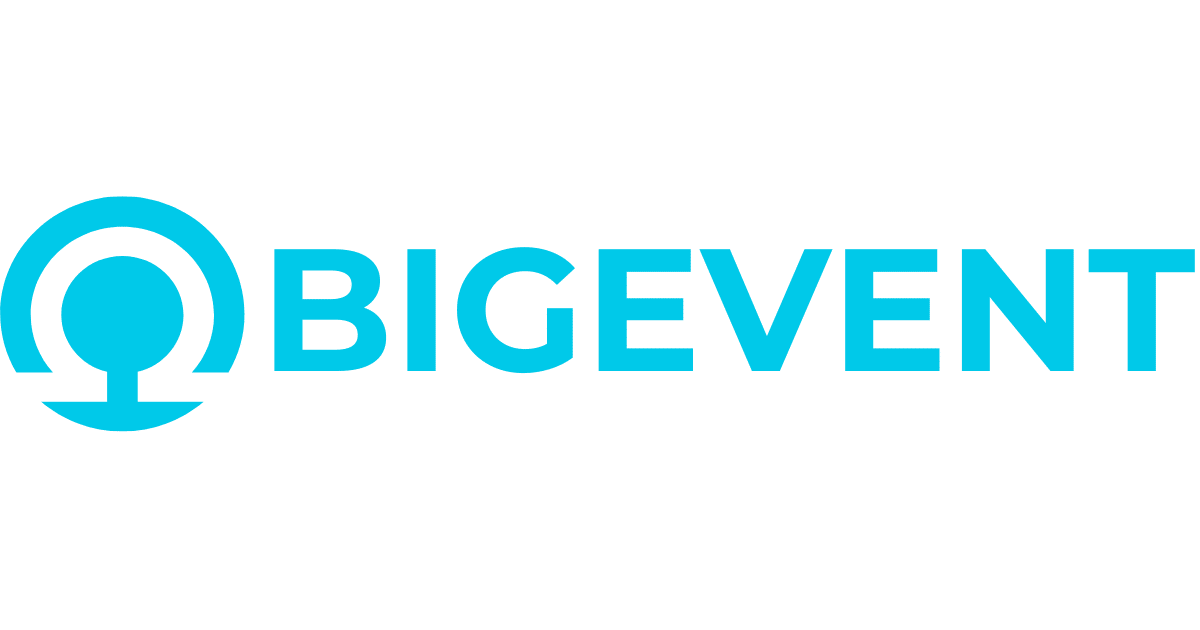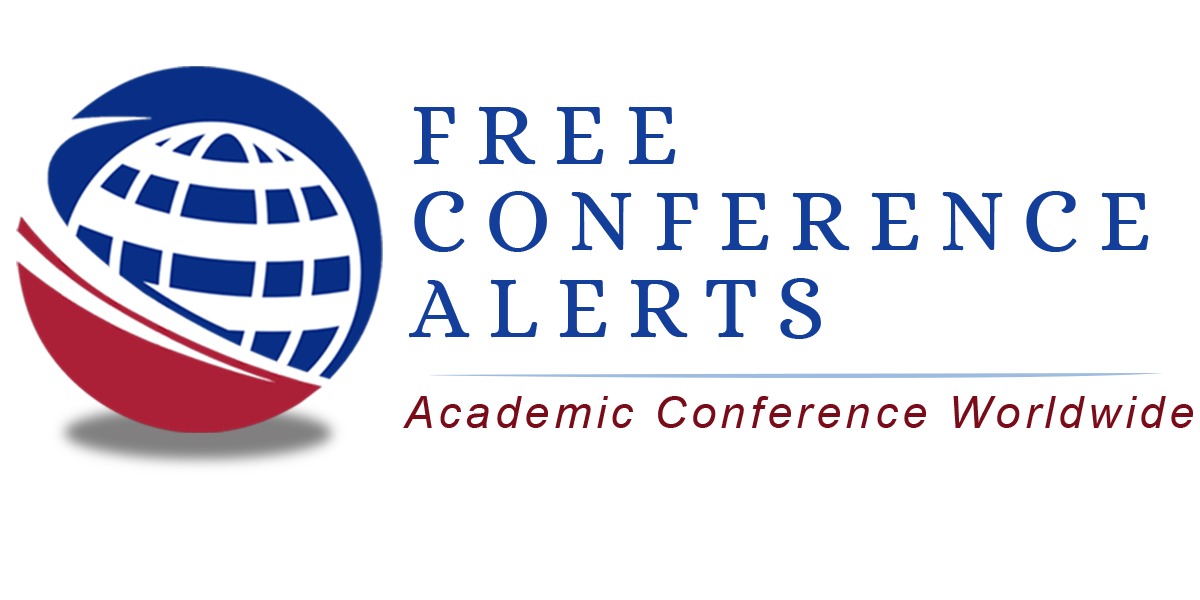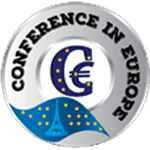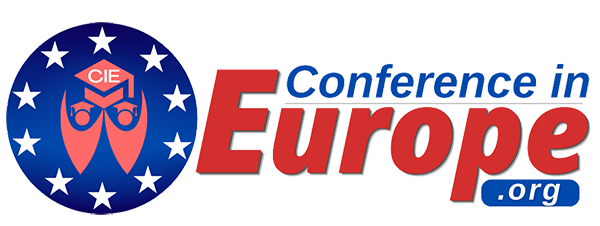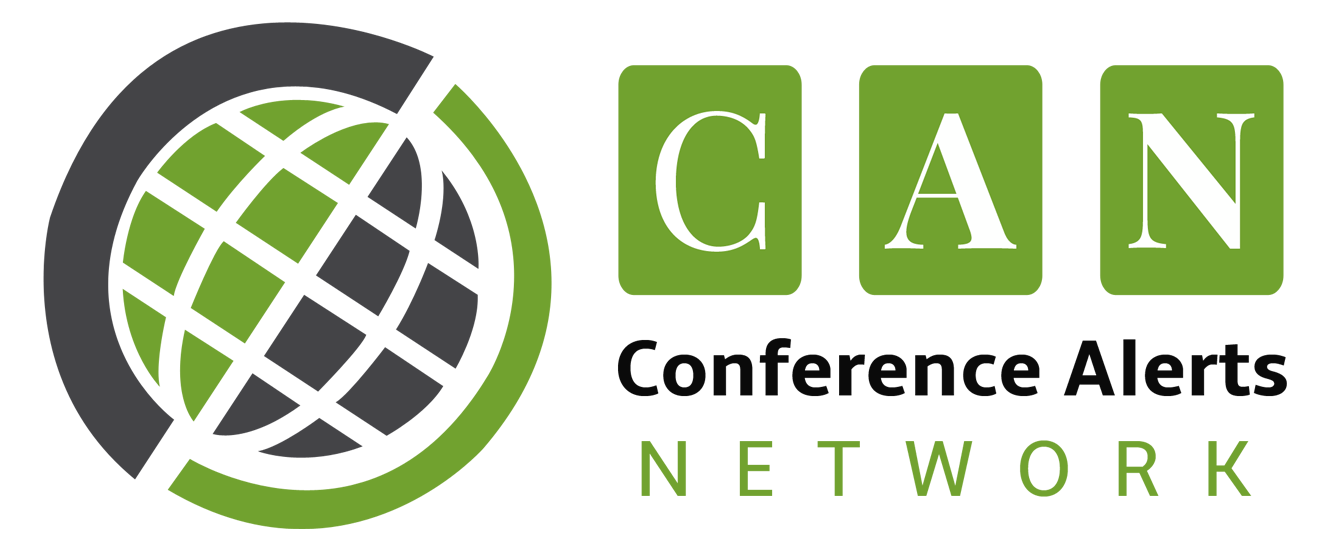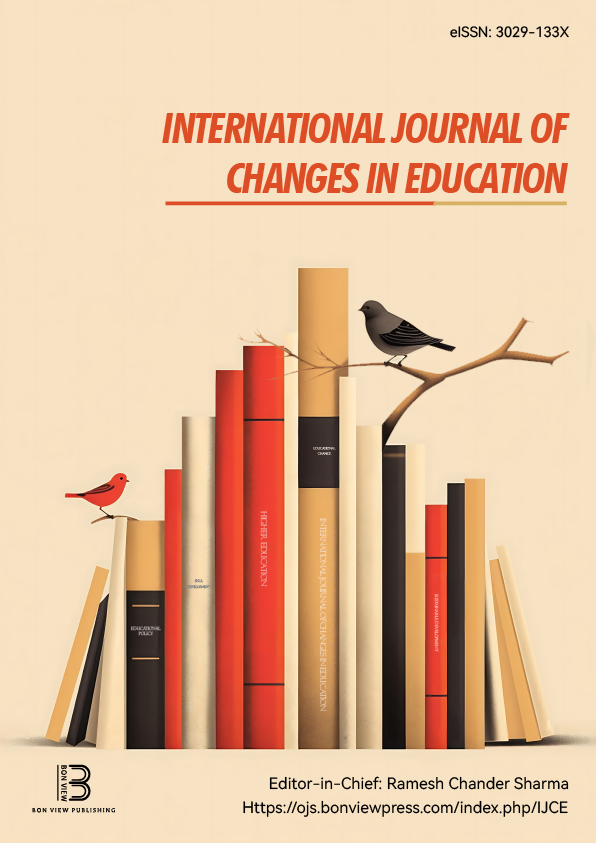Identity Toolkit: Inclusive Strategies and Practices for Diversifying International Education
Alma Reynal-Quintanilla, Office of Global Strategy and Initiatives Emory University (United States)
Hong Li, Emory University (United States)
Abstract
According to the Institute of International Education's (IIE) Open Doors Report for 2022-23 academic year, 70% of U.S. students studying abroad identified as white. In terms of gender, 67% of these students were female. Therefore, there is a need to diversify international education and recruit more underrepresented college students, including first generation students, black, indigenous and people of color (BIPOC), to study abroad. While recruitment efforts and pre-departure checklists may cover many facets of travel, they often fall short of addressing challenges, discrimination or threats to one’s physical and mental wellbeing due to identity while aborad. This presentation introduces the “Identity Toolkit” from Emory University. The toolkit was designed by the Office of Global Strategy and Initiatives in consultation with global education diversity, equity and inclusion specialist Elizabeth Garcia, and other schools and units across the university. It serves as a recruitment and pre-departure tool for faculty to promote diverse and inclusive global experiences; to create space for exploring identity in global contexts; and to help foster cross-campus collaboration. The Identity Toolkit is a collection of PowerPoint slide decks focused on four intersectional identities: race, gender, LGBTQIA+ identity, and religion. Mental health is an issue that impacts all identities, so it is included as a separate component. The toolkit also includes talking point to enable faculty leading pre-departure orientations to incorporate the decks into their materials. These decks can also be reviewed by students as a supportive resource as they prepare for international travel. In this presentation, we will showcase the resources for each of the intersectional identities, share with the audience how the toolkit has been implemented in various study abroad programs at our university, and offer our thoughts on the effectiveness of the toolkit based on qualitative feedback. We will use PowerPoint as our main mode of presentation for the purpose of sharing quantitative data in charts and table and explain the specifics of the toolkit.
 The Future of Education
The Future of Education
